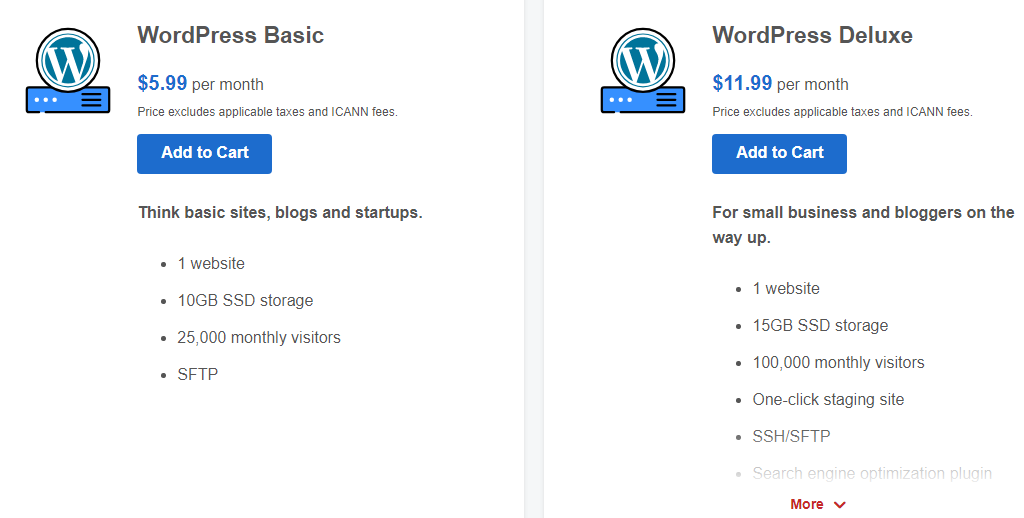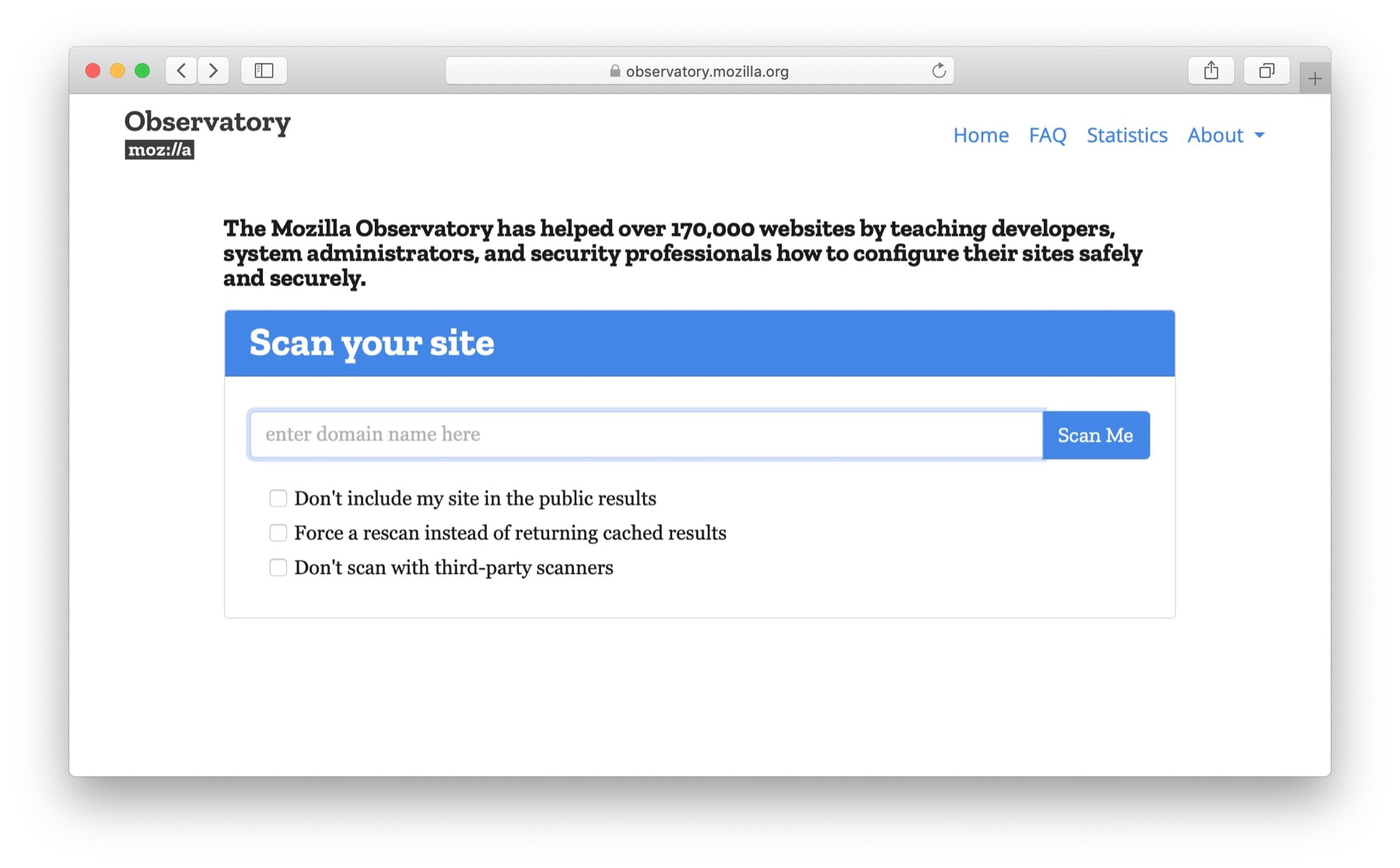
Scheduling online content marketing is an essential part. It is crucial to determine realistic time frames for creating content. This will depend on the budget and resources you have. It is important to track how long it takes to create each piece. Your content should be easy to understand, provide how-to advice and keep readers' attention. These are some tips that will help you plan your content. A successful content marketing strategy starts with a clear customer-centric vision.
A customer-centered content marketing strategy is essential
If you're planning to use content marketing for your online business, creating a customer-centric content strategy is a good idea. This approach is more time-consuming but will yield better results over time. You can outsource content creation if you don't have the time. To create content that is engaging and useful, there are seven key steps. These steps will help you achieve better results.
First, determine your target audience. Once you have established your target audience, determine what you can do to meet their needs. What problem is this person facing? What product are they looking for? This is the base of your content strategy. You must remember that content creation is a way to build a long-term relationship.
Second, measure your content's success. How many times did you share your content? Was it engaging with customers? Does it get shared as expected? These are the metrics that you should track in order to assess whether your content strategy works. Once you understand what customers want, it's time adjust your content marketing strategies. Then, measure the results. Do you know how many people shared your content on social media?
Identify your audience
Before you begin creating content, identify your audience. A marketing persona (or marketing persona) is a detailed description about your target audience. This helps you to identify what content they are most interested in and find the most valuable. It can help you identify your audience based on their age, gender and interests. Knowing what your customers want will allow you to create content that appeals to them, and build loyal customers.
You can easily identify your target audience by looking at the people who use your products. While you're researching your market, consider how similar products are being sold. Companies that sell products similar to yours are more likely to have an audience. Therefore, you can create content related to their products or services. Using popular hashtags, for example, can help you find them. And make sure to engage with your audience on social media to ensure they're aware of your content.

You can use demographic attributes online to target your audience when marketing content. You could identify the buyer of sneakers if you were selling them. Your target audience might be male, female or both. This information will allow you to better target your marketing messages, and help improve your business. It is possible to analyze the marketing strategies of your competitors to find out their buying habits.
Create a distribution plan
Create a distribution plan to maximize the value of your content. A distribution plan helps you identify the channels that your content will go to promote it. It also gives you insights into how successful your goals are. Once you have a distribution strategy in place, it is time to promote your content. These are some tips to get you started.
Define who your target audience is. Your content should be targeted based on where they are in the buying funnel, so that it's relevant to the stage they're in. If your content focuses on informing current customers, you could create content for them, such as a blog post or a newsletter. Care content would be about informing customers about industry trends and new products. The goal of your distribution plan is to reach these people.
Distribution methods vary widely. For example, social media platforms can be used to spread your content more quickly. You can also use social media distribution tools like Hootsuite to maximize your efforts. Take a look at forums and online communities to find out how you can interact and create relationships. It's also a good idea to use paid advertising and influencer marketing to increase your content's reach. In addition to these channels, consider other sources of online marketing.
Create user-generated material
How can you make user-generated content a part of your online marketing strategy? It is common for customers to share their opinions. For instance, if your company sells portable solar panels you might ask your customers to comment on the product through a website. This allows your company to receive the truth from its customers while also decreasing the possibility of offensive content spreading across the Internet.
In your online marketing campaign, user-generated information is of vital importance. This content helps people to connect with your company. User opinions are also very popular and could even be a source of new customers. By allowing your followers to give their opinions about products and services, you can save both time and money. This strategy can help your business rank higher in search engines and attract new customers.
Content created by users is an integral part of any successful marketing campaign. It is the key ingredient in growing your brand's visibility online. User-generated content can be used in many ways, including product videos, testimonials, custom hashtags, and social media contests. Since user-generated material is not created by companies but is created by people, it's free content and will increase your website's rank and help you build your credibility.
SEO optimization: Optimize your content
It is important to consider SEO when you are marketing content. Search engine spiders, also called web crawlers filter the content on your site. The Google bot and Bingbot crawl your website. This information is then used to rank your site. When a search engine finds something relevant to the topic of your page, it will display the site in search results.

SEO content is intended to boost search engine rankings and drive traffic to your website. Search engine results for organic searches are ranked according to their relevance, number of backlinks to your website, trustworthiness, and credibility of the source. Search engine optimized content should contain keywords and be structured to appeal to the intended audience. If you follow these simple steps, you'll be on your way to boosting your website's ranking in search results.
Using keywords is critical for SEO, but don't stuff the content with them. Keyword stuffing won't be common until 2021. You should include your primary keyword within 100 words and your secondary keywords in as natural a way as possible. It's best to stick with one primary keyword and a few secondary keywords that reflect the content's topic and search intent. You should use as many secondary keywords possible to increase your website's traffic.
Promote your content on social media
For different types of content, you might use different social media websites. Although linking to your content might have worked in the past it is no longer effective. Instead, you should adopt a more strategic approach in order to promote your content. When it comes to social media, timing is everything. Study after study shows that publishing on Twitter or Instagram in the early hours of the morning is more efficient than publishing on LinkedIn or Facebook later in the day. There is no "best time" to publish content on any of these social networks.
Social media platforms are often spontaneous. A structured content strategy will help you produce high quality content on a consistent basis. Monitor your analytics to ensure you are improving your content strategy. You must be active on social media because it is a real-time platform. This involves posting regularly, tracking engagements, responding promptly to questions and comments, and keeping a detailed profile. Content must be easy to access on the device of your target audience.
Understanding your audience and the channel is key to social media. Depending on your audience, you need to be authentic and use your brand voice in order to appeal to them. You can be serious, funny, or somewhere in-between. You need to know how to market your content on social media to get the most benefits for your business. Social media management apps will make your life easier.
FAQ
What is a blog post?
A blog is a website that allows visitors to share their articles. Blogs are usually composed of both written posts as well as images.
Bloggers write blogs about their own experiences, interests, and opinions, but some bloggers choose to write about topics related to their business or career instead.
Blog owners can use a simple-to-use program called a blogging platform' to set up their blogs. There are many options for blogging platforms. Tumblr or Blogger are the most used.
People read blogs because they like what they read, so it's essential to keep your writing interesting. Make sure you are familiar with your topic before you write.
To help your readers better understand the topic, you should also include helpful information and resources. For example, if you're writing about improving your website, don't just tell someone to go to Google and look at how other businesses' websites work. Instead, give specific instructions about how to make a website successful.
It is also important to note that blog content plays a major role in people enjoying reading it. No one will read your blog if it isn't well-written or clear. Poor grammar and spelling are also a problem.
It's easy not to get distracted by blogging. You should stick to a publishing schedule, and publish content only once per week. You should not feel like your blog is a chore.
Where can I find my keywords?
The first thing you should do is think about what products or services are available and who your ideal customers are. Then, start to search for standard terms that relate to those items. Once you have your list of phrases in hand, you can use Google Keyword Planner tools to identify the phrases people search for. Or you can go straight to search engines like Bing or Yahoo.
How can I create a SEO strategy?
An effective SEO strategy starts with understanding your goals and how to get there. This will enable you to structure and organize your content around the goals.
The second step is to start working on your keywords. By doing keyword research, you'll gain insight into what people are searching for when they use certain words. You can then write articles around these topics using this information.
Once you've written your articles, ensure to include your target keywords throughout them. You should also optimize each article by including relevant images and videos. Last, be sure to include links to related pages wherever you can.
Once you've finished writing all the content for your site, it's time to start optimizing that content!
Why SEO strategy is essential?
SEO (search engine optimization) has the main purpose of increasing traffic to your website by getting as many people to find you using Google.
Search engines like Google and Yahoo! store information about websites in servers called crawlers. They send this data back from the company's central databases. This allows them to index pages for searching purposes.
If your website appears high in the results, more people will click on your link and visit your page. This means that you won’t be found in searches.
Ranking high in search engines is the best way to get your site noticed. There are two main methods to achieve this: paid advertising or natural organic links.
Paid Adverts - Companies that pay per-click for online advertising to appear first in search results will be known as Paid Advertising. These ads include banner ads (text ads), pop-ups, widgets for e-commerce, and others.
Natural Organic Links- These links are ones where you have developed a site that is excellent over time and has earned the trust of others in your industry. Over time, links are built naturally through guest posting, commenting on other sites, and so forth.
To stay ahead of the game, you must invest continually in both forms of marketing.
How do I start SEO?
SEO can be done in many different ways. You must first identify which keywords you would like to rank. This is known "keyword search." Next, optimize each page of your website for these keywords.
Optimization involves optimizing titles, descriptions and meta tags. It also includes creating unique page URLs and linking to other websites. After optimization is completed, your website will be submitted to search engines such Google, Yahoo! and Bing.
You will also need to keep track over time of your progress to determine whether you are succeeding.
Statistics
- These guides are designed and coded 100% from scratch using WordPress. (backlinko.com)
- 93%of online experiences today begin on search engines. (marketinginsidergroup.com)
- 64% of marketers actively create SEO campaigns because they help hit multiple key performance indicators (KPIs), including increasing traffic, helping your site rank for relevant keywords, improving your conversion rate, and much more. (semrush.com)
- : You might have read about the time that I used The Content Relaunch to boost my organic traffic by 260.7%: (backlinko.com)
- A 62.60% organic traffic boost to that page: (backlinko.com)
External Links
How To
How important SEO off-page is
Your site should be optimized for search engines like Google and Yahoo!
While it is essential to optimize your site, there are many factors you need to consider. These include, but not limited to:
-
The design of your site (does it load quickly?)
-
Content quality and quantity
-
Social media presence
-
Links pointing back to your site
When optimizing your website, there are many things you should consider. But if you do these things right, you'll see huge improvements in traffic and rankings.
What is a linking strategy? How does it function? What are the pros and cons?
We explain what a link building strategy is, how it works, and what benefits it could bring to your site or brand.
-
1. Why do I need link-building strategies?
Research shows that link building can be one of your best options to increase traffic or rank on pages. Most businesses don't realize this, however, until they start working on creating a plan to build links and boost their ranking. If you want to know why, then continue reading!
-
What is a Link Building Strategy? How can it help my business?
An link building strategy is essentially the creation of links from sites or directories other than your own. It involves contacting relevant website owners and asking them to include a link back. There are two types to link building strategies. One is outreach, and the other is content marketing. Content marketing can be automated with software. Both require planning and investment. But they can deliver great results over time. Let's talk in detail about each method.
-
What are the advantages of a good link building strategy?
The biggest advantage to a solid link building strategy is the ability to gain more exposure by reaching out to people already trusted. This saves you the effort of convincing people your company is worth linking. It saves you time and effort.
-
Are there other disadvantages to using a linkbuilding strategy?
The main problem with a link building strategy, is that you need to make sure you have enough authority before you attempt to pitch your idea. Potential partners will need to see that you have something to offer. So before you start pitching other companies, first try to find out whether they would actually like to partner with you.
-
How can I choose the right link building strategy? What is better: outreach or content? This will depend on the type and nature of relationships you are looking to establish with different companies. For example, you may want to use outreach for your B2B clients as it gives you a chance to meet new customers and build trust. To promote sales and create leads, you can also use content market if your goal is to form a partnership.
-
What should I look for when choosing a link building strategy? Is there anything else I should keep in mind?
These are some things you should consider when choosing a strategy for link building:
Who do you target? Your niche will determine the type of site you pitch.
Do your products sell online? In that case, you may want to target blogs about fashion and beauty. If you are selling services, then you can target local directories such as Yelp, Citysearch, etc.
What are your goals? It is important to select a strategy to increase SEO rankings. Otherwise, you will be spreading low quality links.
What budget do you have? People think they can do both content marketing and outreach simultaneously, but that is not the case.
It is impossible to do more than one thing at once. You cannot post and write blog articles every day.
-
Where can I get started with my link building strategy?
Decide how much time and money to put into a link building campaign. Start small and see how far you can go. Once you figure out which link building strategy works best for your business, you can scale up your efforts.